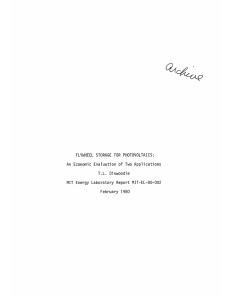Good To Great The Flywheel And The Doom Loop
advertisement
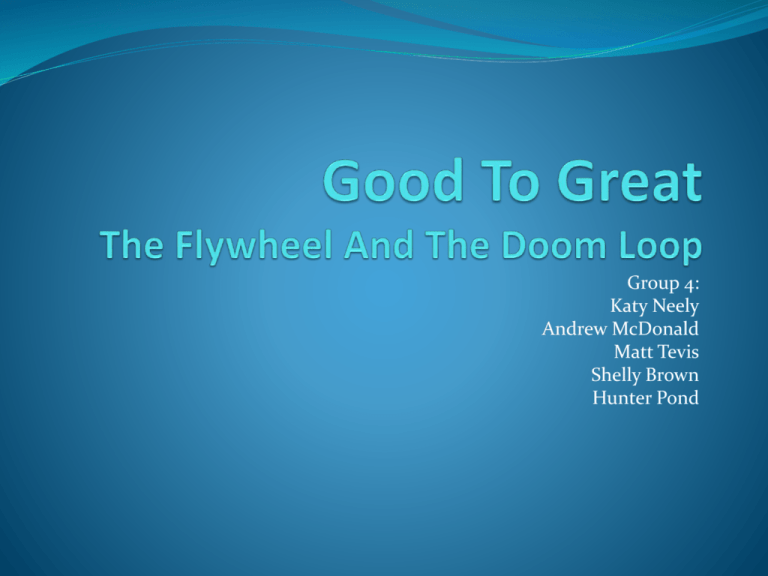
Group 4: Katy Neely Andrew McDonald Matt Tevis Shelly Brown Hunter Pond Buildup and Breakthrough Circuit City “The Nucor Threat” “There was no miracle moment” Circuit City To Liquidate In The Latest Massive Business Failure “Even the Cars couldn't save Circuit City. The electronics retail giant is shifting from Chapter 11 to Chapter 7 bankruptcy, and as early as tomorrow will begin liquidating all 567 of its stores' merchandise and laying off over 30,000 employees.” “What are the lessons for other businesspeople from Circuit City's demise? Now is a good time for me to point you toward an interview I did with Paul Carroll, author of Billion-Dollar Lessons, a guide to some of the most devastating business failures of all time and why they happened.” “The most relevant lesson seems to be about a failure to change, and a harmful tendency for companies to adopt a "stay the course" mindset. Caroll cites Kodak as an example. He says Kodak failed to adequately anticipate the changes that digital photo technology would bring to its market space. One could say the same thing about Circuit City and the effect that online retail has had on the market for consumer technology. Competitors like Best Buy have found ways to be successful even in a world where online retail is growing.” U.S News and World Report January 16, 2009 By, Matthew Bandyk “No Miracle Moment” Representative Quotes From Interviews Circuit City: “The transition to focus on the superstore didn’t happen over night. We first considered the concept in 1974, but we didn’t fully convert to Circuit City superstores until about ten years later, after we’d refined the concept and built enough momentum to build our whole future on it.” (p.170) Kimberly-Clark: “I don’t think it was done as bluntly as it sounds. These things don’t happen overnight. They grow. The ideas grow and mushroom and come into being.” (p.170) Walgreens: “There was no seminal meeting or epiphany moment, no one big bright light that came on like a light bulb. It was sort of an evolution thing.” (p.171) Not Just a Luxury of Circumstances Long term vs. Short term Fannie Mae Abbott Blue Plans The “Flywheel Effect” Commitment and Alignment Kroger “Spin the flywheel” Magic of Momentum The Doom Loop Warner-Lambert BYU's Flywheel Is Turning Collins asked, "Why do most over-hyped change programs ultimately fail? Because they lack accountability, they fail to achieve credibility, and they have no authenticity. It's the opposite of the Flywheel Effect; it's the Doom Loop.“ “Doom Loop organizations launch programs with huge fanfare, but start down one path only to change direction. After years of lurching back and forth, these companies discover that they've failed to build any sustained momentum.“ The Flywheel Effect? Collins says “to imagine a massive metal disk mounted horizontally on an axel about 100 feet in diameter, 10 feet thick and 25 tons. That is your team/company and the job is to move the flywheel from a dead stop to as fast as possible.” "To get it moving, you make a tremendous effort. You push with all your might, and finally, you get the flywheel to inch forward. After two or three days of sustained effort, you get the flywheel to complete one entire turn. You keep pushing, and the flywheel begins to move a bit faster. It takes a lot of work, but at last the flywheel makes a second rotation. You keep pushing steadily. It makes three turns, four turns, five, six. With each turn, it moves faster, and then -- at some point, you can't say exactly when -- you break through. The momentum of the heavy wheel kicks in your favor. It spins faster and faster, with its own weight propelling it. You aren't pushing any harder, but the flywheel is accelerating, its momentum building, its speed increasing.“ Deseret News (Salt Lake City) , Nov 12, 2006 by Dick Harmon Deseret Morning News Leaders Who Stop The Flywheel Harris Corporation Joseph Boyd Computerworld magazine: “Boyd targeted the automated office as a key…unfortunately for Harris, the company had everything but an office product. The attempt to design and market a word processing system met with dismal failure…out of tune with the market, and had to be scrapped before introduction.” (p. 182) How To Tell If You’re On The Flywheel Or In The Doom Loop Consistency Coherence Signs that you’re on the Flywheel (Good-to-Great Companies) Signs that you’re in the Doom Loop (Comparison Companies) Follow a pattern of buildup leading to breakthrough. Skip buildup and jump right to breakthrough. Reach breakthrough by an accumulation of steps, one after the other, turn by turn of the flywheel; feels like an organic evolutionary process. Implement big programs, radical change efforts, dramatic revolutions; chronic restructuring- always looking for a miracle moment or new savior. Confront the brutal facts to see clearly what steps must be taken to build momentum. Embrace fads and engage in management hoopla, rather that confront the brutal facts. Attain consistency with a clear Hedgehog Concept, resolutely staying with the 3 circles. Demonstrate chronic inconsistencylurching back and forth and staying far outside the 3 circles. Harness appropriate technologies to your Hedgehog Concept, to accelerate momentum. Run about like Chicken Little in reaction to technology change, fearful of being left behind. Let results do most of the talking. Sell the future, to compensate for lack of results.
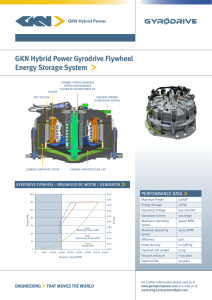
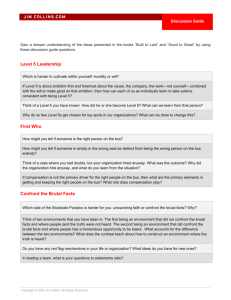

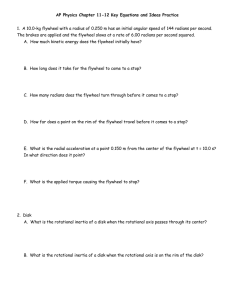
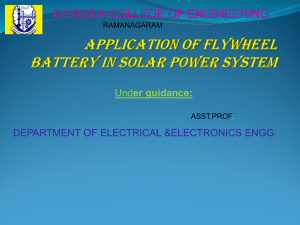
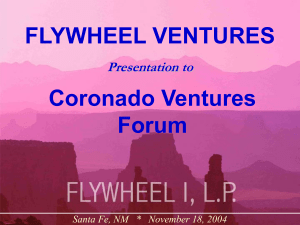
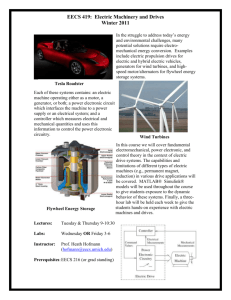
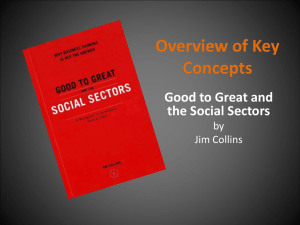
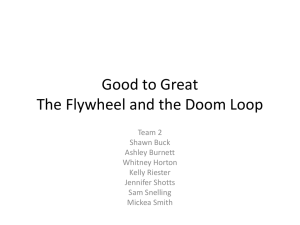


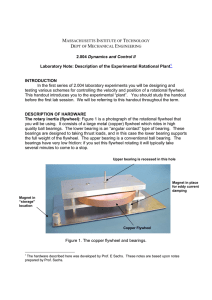

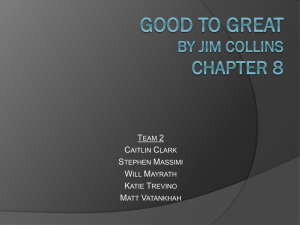
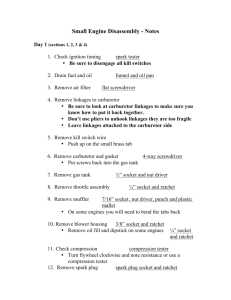
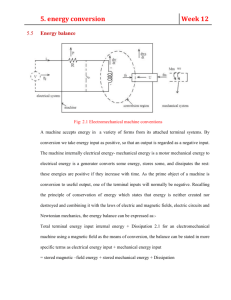
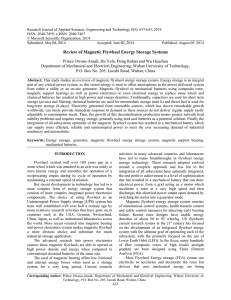
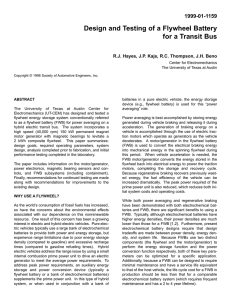
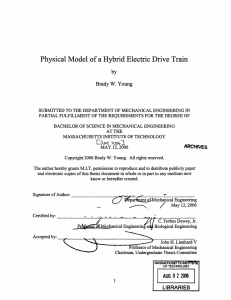
![Motor Authority. [Online]. Available](http://s3.studylib.net/store/data/009471948_1-0b15fd9a8c8f949e8cdd877f896e36b5-300x300.png)
